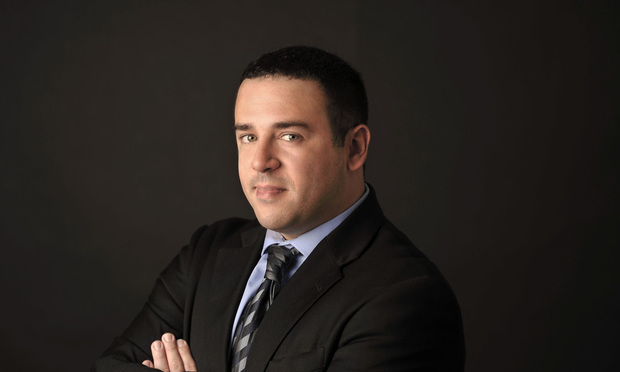“It is akin to malpractice not to get [a Rule 502(d)] order.”
It has been several years since Judge Andrew Peck of the influential U.S. District Court for the Southern District of New York uttered those words about Federal Rule of Evidence 502(d), which he also referred to as a “get out of jail free card.” Despite the ever-greater attention to electronic discovery in the legal community, it is alarming how many attorneys—experienced attorneys—fail to implement an important safeguard that could prevent disastrous privilege waivers during discovery. Indeed, “502(d)” is one of the more common e-discovery buzzwords that, like “metadata” and “native file,” should be familiar to even the most novice of litigators, if only because it is so often repeated at conferences and CLEs. Nonetheless, the use of 502(d) orders continues to remain outside the mainstream—a possible sign that the lawyers and judges who preach its gospel are merely preaching to the choir.
This content has been archived. It is available through our partners, LexisNexis® and Bloomberg Law.
To view this content, please continue to their sites.
Not a Lexis Subscriber?
Subscribe Now
Not a Bloomberg Law Subscriber?
Subscribe Now
LexisNexis® and Bloomberg Law are third party online distributors of the broad collection of current and archived versions of ALM's legal news publications. LexisNexis® and Bloomberg Law customers are able to access and use ALM's content, including content from the National Law Journal, The American Lawyer, Legaltech News, The New York Law Journal, and Corporate Counsel, as well as other sources of legal information.
For questions call 1-877-256-2472 or contact us at [email protected]


 Robert Jimenez, Espinosa Martinez, Miami.
Robert Jimenez, Espinosa Martinez, Miami.




